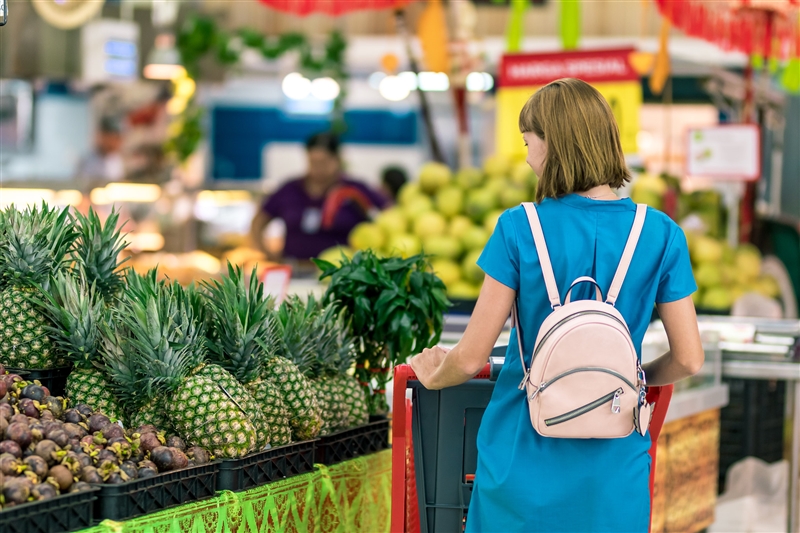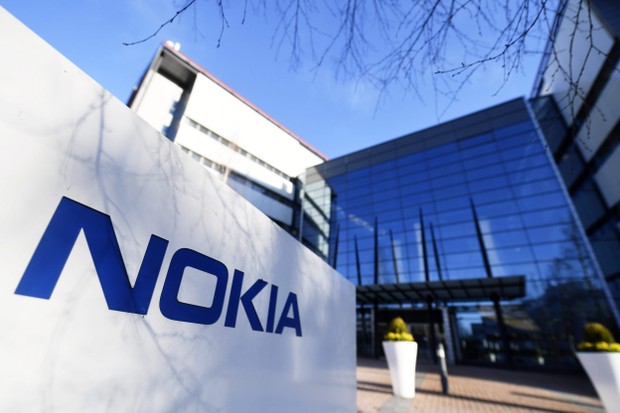
The COVID19 pandemic has posed a global challenge impacting economies across all countries. With the lockdowns and fight against the spread of infection, physical movements and various industries are restricted in movement and operations, severely impacting the livelihood of both businesses and the public. As the recent number of cases are on the rise again, we may experience a repeat in the restrictions and enforcements to prevent further spread.
Considering the turn of events, habits from the new norm including dependence on E-Commerce and virtual meetings are here to stay. With the ease of online shopping, most consumers are expected to continue relying on E-Commerce platforms for their daily necessities and even major holidays such as Christmas or Lunar New Year. This represents an opportunity for brands and retailers after a challenging period in 2020. However, this is only one of the many factors to consider given the differences and complexity of each country and market.
- China: Rapid Spending Changes Amidst New Norm
When the pandemic hit major China cities, the Chinese consumer demand shifted both in volume and product preference. While the volume of spending has decreased by 8.5%, it is minimal compared to other affected countries in APAC. Consumers in China switched their purchases from luxury goods and fashion to fresh and long-lasting food as the lockdown forced them to start eating at home.
Energy drinks and healthy foods also had a sharp uptake due to their purported protection against infection as consumers believe that it can help to strengthen their immune system. Once the lockdown ended, office supplies and communication devices became the focus as workplaces prioritized digitalization and mobility. This rapid switch in spending focus may present a challenge to businesses deemed not a priority in the long run.
- Singapore: Fast Forward to Online and Cashless
Singapore is no different from other APAC countries affected by COVID-19. Tourism, fashion and consumer electronics expenditures took a hit as Singaporeans prioritized essential purchases. They were quick to change their spending priority to adapt when the pandemic hit. The groceries sector saw an increase in the number of transactions and revenue as consumers became attuned to purchasing their groceries online.
Card payments have long dominated the market in Singapore as the preferred method of payment. However, the percentage of payments by card have steadily decreased since 2017 with the gradual increase in E-wallet payments. The circuit breaker measures in Singapore further drove the adoption of E-wallet as consumers who were stuck at home increased in frequency and volume of food delivery orders. Businesses that are still running on cash would do well to adapt and join the cashless trend in Singapore.
- Vietnam: E-Commerce Industry – Adapt or Fall
The change in online consumer demand hit Vietnam the hardest as its E-Commerce sector was geared towards fashion and electronics. While past year trends indicated growth from Q1 to Q2 in spending patterns, most E-Commerce sales have dropped in 2020 due to the pandemic. Sales on Shopee spiked however as they not only catered to the demand in healthcare products, but also the demand for groceries as locals started cooking at home. Local brands that are not fast to adapt faced a drop in traffic due change in demands.
- India: Traditional but Health Conscious and Adapting
As with other countries, Indian consumers too have been more conservative with their spendings. Almost all spending categories took a hit as Indian consumers became more thrifty. Unlike other countries however, the Food Delivery and Fast Food sectors were also badly hit in India as consumers opt for fresh groceries to cook at home, indicating a health-centric mindset among Indian consumers.
There is a stark difference when it comes to consumer behavior amongst Indian consumers; urban, financially literate consumers prefer digital payments while rural consumers prefer using cash. While traditional retail is still the dominant payment method by volume, E-Commerce and Organized retail are expected to grow up to 25% of the total transactions in 2021 according to IBEF (India Brand Equity Foundation). 63% of the retailers surveyed are interested in using digital payments marking untapped potentials for the coming change.
- Indonesia: Strong Local Support In Times of Crisis
Indonesia was the worst hit in terms of spending volume with a sharp decline across all sectors apart from the essentials. However, social mentions of E-Commerce sites skyrocketed as consumers switched to online shopping during the lockdown. Apart from Shopee, local brands such as Tokopedia and Bukalapak were not far behind in volume indicating strong support for local platforms. Brands looking to venture into the Indonesian market should consider leveraging the local platforms to gain optimal traffic.
Changes in each country’s ecosystem are different despite the same pandemic. Whether it’s in the spending priorities, active channels or local trends, these factors affect brands and industries to a varying degree. Brands looking to implement recovery strategies need to understand the individual countries where they are present instead of deploying one general solution across all countries. Having the relevant detailed insights from this report can make the difference between a brand that struggles blindly and a brand that actively responds to the situation at hand. The latter will always garner more support and result in sales conversion with consistency.
Wisesight has a multitude of social intel tech solutions and custom objective research services serving the APAC market. Drop an email at [email protected] or chat with us on LinkedIn @Wisesight for similar brand or industry studies that enable people-centric-data-based decision making.
This article is written by Wisesight Malaysia











